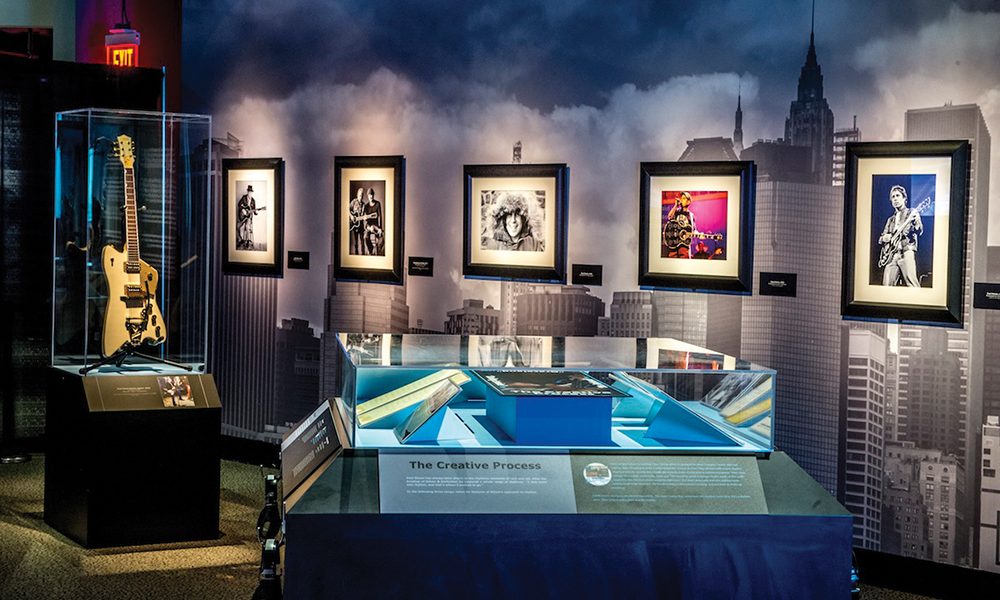Arts & Culture
Simon Says
Paul Simon exhibit arrives via Rock and Roll Hall of Fame.
“Every generation throws a hero up the pop charts,” Paul Simon sings in “The Boy in the Bubble,” the opening track to his landmark 1986 album Graceland. And ever since “The Sound of Silence” first charted in 1965, Simon has been one of those heroes, influencing generations of listeners with his sophisticated, self-aware songs full of yearning and wry humor.
To honor his half-century career, The Rock and Roll Hall of Fame and Museum created Paul Simon: Words & Music, an exhibit chronicling the singer-songwriter’s creative process and life, which begins its national tour with a residency at the Jewish Museum of Maryland through January 18, 2016.
“This is the first time in many years that the museum has been fortunate enough to be selected as a first venue for a significant national tour,” enthuses Jewish Museum of Maryland executive director Marvin Pinkert. “It was a wonderful coincidence. The Rock and Roll Hall wanted to start the tour on relatively short notice and we just happened to have a three-month gap in our calendar.”
Featuring more than 80 artifacts ranging from guitars to Grammys, plus narration culled from hours of interviews with Simon himself, the exhibit reveals the artistic process that yielded classics such as “The Boxer” and the Graceland album, on which Simon melded traditional Western song structure with South African township music.
“The overwhelming experience of the exhibit is the feeling that the artist is speaking directly to the visitors, as though you’ve just sat down for a cup of coffee,” says Pinkert. “I’ve seen many biographic exhibits before, but this is the first that I would truly call ‘autobiographic.’”
Concurrent to Words & Music, Pinkert has curated An American Tune, which examines the influence Jews exerted on the folk music scene. In addition to artists such as Simon and Bob Dylan, Jewish record executives, club owners, talent managers, and audiences helped to shape the movement.
“These individuals helped develop the cultural environment that was receptive to folk,” says Pinkert. In fact, Pinkert thinks the scene brought more than folk music to the mainstream. “I think of it as a moment when a kind of secular Jewish culture was born.”
